Gabriel Aguiar Noury
on 28 February 2022
Mir 2.7 brings idle timeout and OSK support for Qt applications
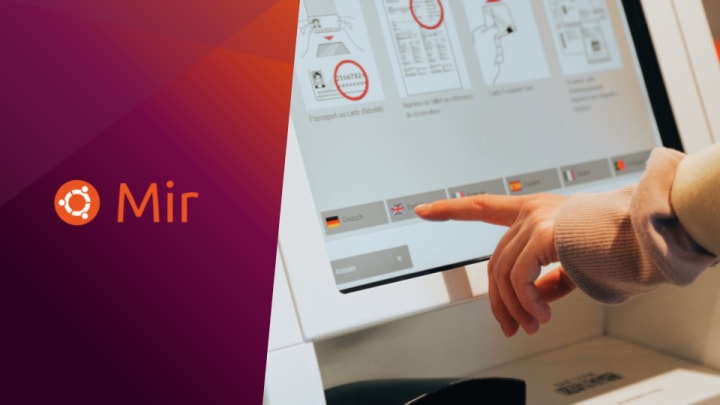
We are glad to announce the release of Mir 2.7 — our open source and secure display server for building Wayland-based shells. Mir provides a set of libraries and a Wayland compositor with integrated window management. This new release brings to you an idle timeout and on-screen keyboard (OSK) support for Qt applications. This blog explores the new features of Mir, together with some exciting news for our community.
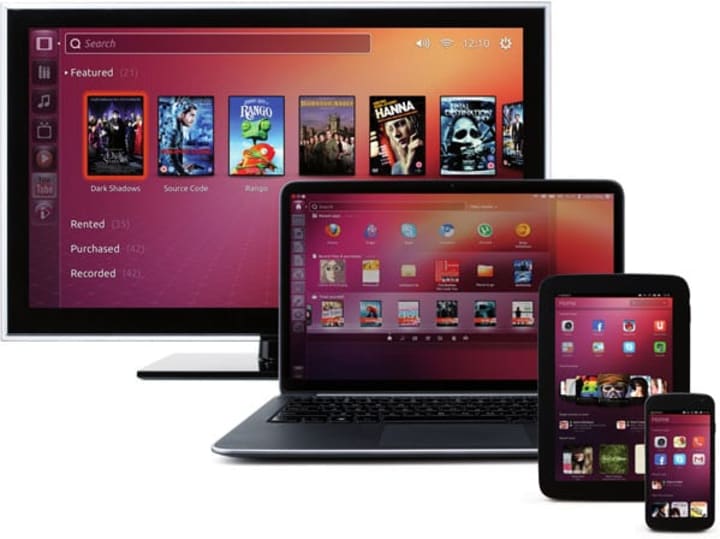
New features on Mir
With this new release, we are introducing some key features for Mir, while supporting developer migration to Mir. Here are the more significant enhancements:
- Idle timeout: switch off your display after a period of inactivity
- Onscreen keyboard for Qt applications
- MirOil: a supported API to assist the migration of Lomiri
To simplify migration of Lomiri to the current version of Mir, this release introduces MirOil. This is a supported API to assist with the migration. Read more about this library on the UBports forum.
We introduced support for onscreen keyboards with Mir 2.6 and that works with a range of applications but Qt only supports the older zwp_text_input_manager_v2 protocol. So, we’ve added exclusive support for Qt applications to Mir this release.
Plus, we have ensured that Mir 2.7 builds with the latest versions of Ubuntu (Jammy), Fedora (rawhide), Debian (sid), and Alpine (edge).
Learn more about Mir 2.7 release here, or explore its whitepaper and learn more about this open source display server.
Idle timeout: Switch off-screen after a period of inactivity
Deploying an IoT device brings several considerations. Take, for instance, power saving. If you are deploying a kiosk as a point of sale in a restaurant, you will have to consider the energy it will consume. As the number of restaurants/deployments grow, so does the energy consumption. This will impact your user energy bills, making power saving another factor where you or your competitors could generate added value. Let’s not forget about environmental effects, as digital screens also have a carbon footprint.
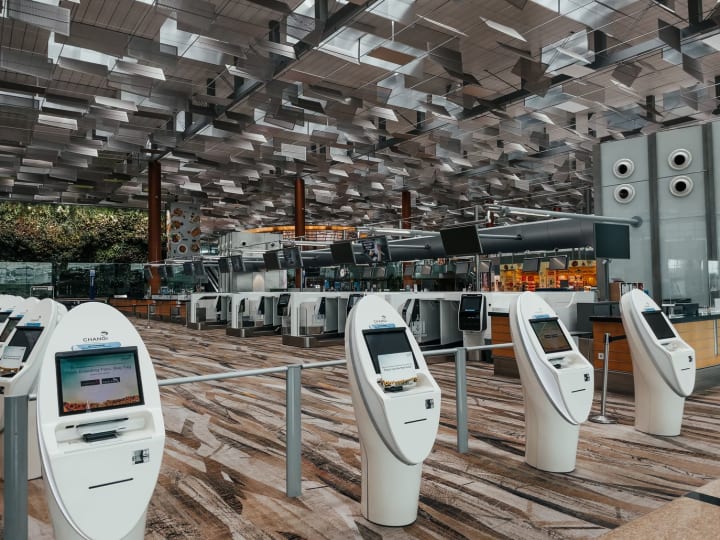
There are several practices to address this issue. One of them is automatically dimming the screen after a period of inactivity. This will allow your device to save energy while its screen is not in use. This is one of the main features that Mir 2.7 brings to developers for an easy, out-of-the-box experience.
The screen switch-off works by setting an idle-timeout configuration option. After the timeout, the screen will dim and switch off. Easy to use, easy to configure! Details of how to set configuration options can be found in the Ubuntu Frame reference.
Build an IoT GUI with Ubuntu Frame
Ubuntu Frame is our open source, reliable, and secure fullscreen shell to power embedded displays. Ubuntu Frame makes it easy for you to install your GUI in your edge device like an embedded Linux expert!
Do you want to learn how? The Mir team developed a fully comprehensive GUI developer guide that takes you through the process of testing and deploying your graphic application.
- So, if you want to learn about Ubuntu Frame’s desktop emulator, our packing solutions, and how to deploy your GUI in an OS for edge devices, this developer guide is for you!
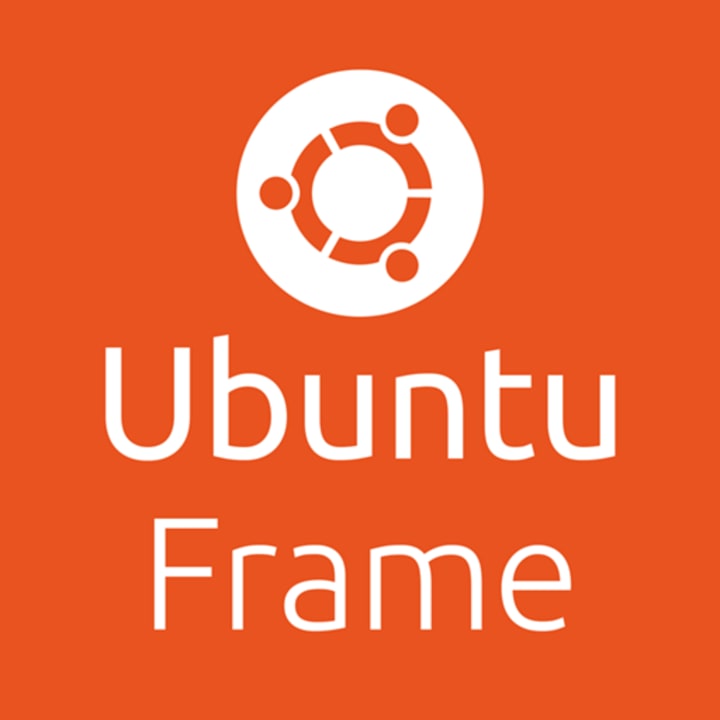
On-Screen keyboard for embedded GUI
Isn’t it nice when things just work? When you don’t have to spend time integrating and maintaining third-party code, a tool gives you much more than you were expecting? These are some of the reasons why we introduced an on-screen keyboard for Ubuntu Frame. And with this new release of Mir, comes some enhancements as well for this key tool for developers.
Do more with Ubuntu Frame. Discover the new features of its on-screen keyboard.
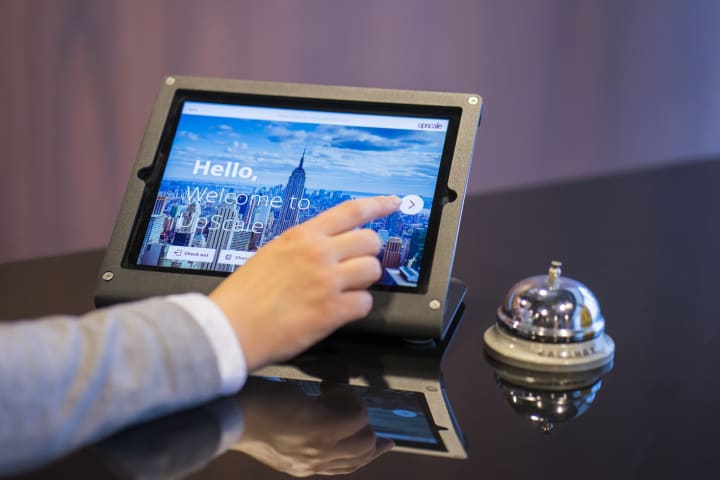
Tell us about your Mir
Are you using Mir to power your next smart display? Do you want to feature in our next blog? We’d love to hear about it and feature it in our monthly blog series. Send a summary to Mir.community@canonical.com, and we’ll be in touch.



